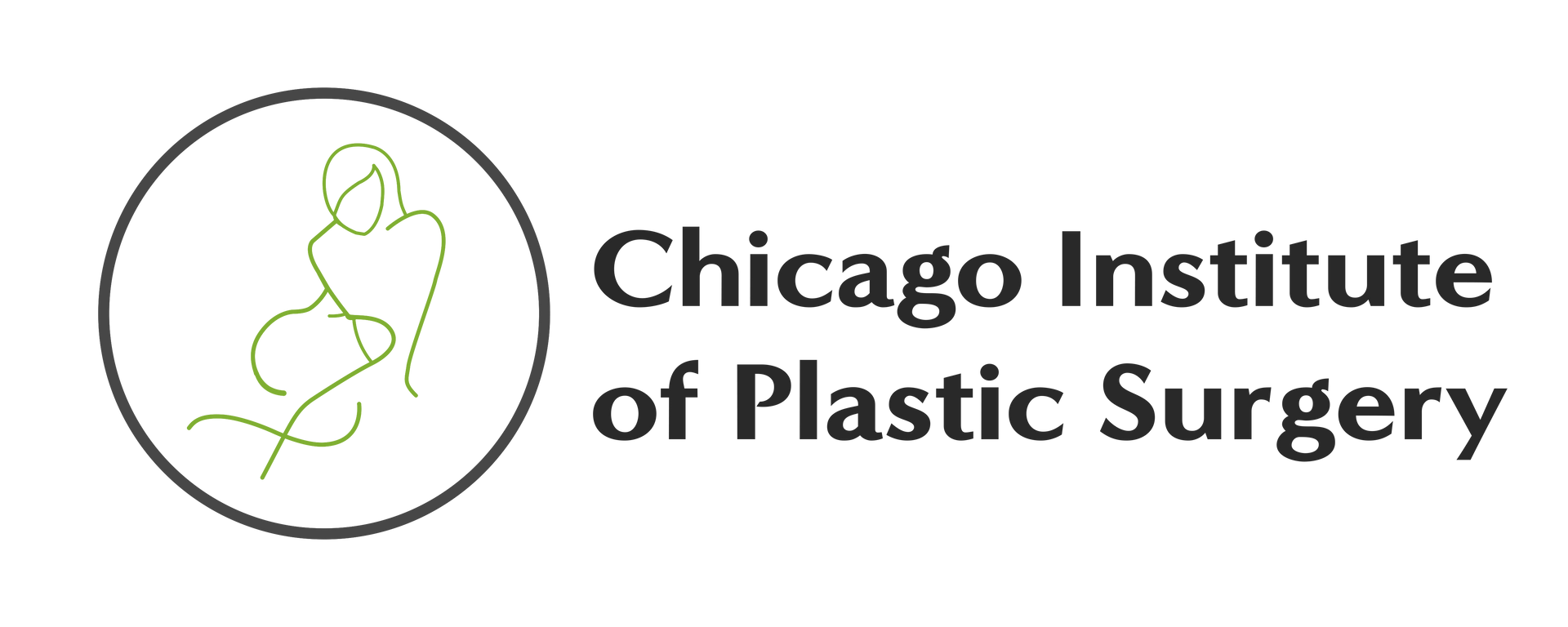Do Botox Injections Have Any Side Effects
- By Nirav Patel
- •
- 29 Apr, 2024
- •
Discovering the nuances of cosmetic treatments is essential for those seeking a refined appearance. When considering Botox injections, understanding the potential side effects is crucial.
In this article, we delve into the common and less frequent adverse reactions associated with Botox, highlighting specific risks in various treatment areas. By exploring strategies to manage side effects and important precautions to consider, individuals can make informed decisions about this popular cosmetic procedure.

Common Side Effects of Botox Injections
What are the common side effects of Botox injections,and how do they compare to the potential outcomes of excess skin removal surgery in Chicago or liposuction plastic surgery in Chicago?
While Botox is generally considered safe, some individuals may experience mild side effects. Temporary bruising, swelling, or redness may occur at the injection site. In rare cases, patients may also encounter headaches or flu-like symptoms post-treatment. However, these effects typically fade quickly and resolve within a few days.
It's important to note that serious complications are extremely rare when administered by a trained professional. To minimize the risk of side effects, ensure you follow all post-treatment care instructions provided by your healthcare provider.
If you have any concerns or unusual reactions, don't hesitate to reach out to your healthcare provider for guidance and support.
Less Common Adverse Reactions
Less commonly, individuals receiving Botox injections may experience adverse reactions beyond the typical mild side effects, albeit these occurrences are infrequent. These less common adverse reactions can include symptoms such as excessive tearing, drooping of the eyelid or eyebrow, facial asymmetry, flu-like symptoms, dry mouth, and headaches.
In rare cases, some individuals may develop an allergic reaction to Botox, presenting as itching, rash, wheezing, dizziness, or difficulty breathing. It is crucial to seek immediate medical attention if any of these severe reactions occur.
While these less common adverse reactions are rare, it is essential for individuals considering Botox injections to be aware of the potential risks and consult with a qualified healthcare provider to discuss any concerns or questions.
Potential Risks for Certain Areas
Discussing the potential risks for certain areas involves evaluating the likelihood of muscle weakness or drooping in specific facial regions following Botox injections. When targeting areas such as the forehead or around the eyes, there is a risk of unintentional paralysis of nearby muscles, leading to an asymmetrical appearance or drooping eyelids.
The forehead is particularly prone to muscle weakness, which can result in an inability to lift the eyebrows or forehead properly. Similarly, injections around the mouth may lead to difficulties in speaking or forming certain facial expressions if not administered correctly.
Understanding these potential risks for specific facial regions is crucial in ensuring a satisfactory outcome and minimizing any adverse effects associated with Botox injections.
How to Manage Side Effects
To effectively manage potential side effects from Botox injections, it is essential to closely monitor and address any signs of muscle weakness or asymmetry in the treated areas. If you experience any unexpected drooping or difficulty moving certain muscles after receiving Botox, it's crucial to contact your healthcare provider promptly. They can recommend appropriate treatments or adjustments to alleviate these side effects, consider the cosmetic surgeons in Chicago.
Additionally, practicing facial exercises and maintaining good skincare routines can help promote muscle strength and overall skin health post-Botox. Remember to follow post-injection care instructions provided by your healthcare provider diligently. Open communication with your provider about any concerns or changes you notice is key to managing and resolving any side effects effectively.
Precautions and Considerations
Transitioning from managing potential side effects, closely monitoring muscle weakness and asymmetry is crucial when considering Botox injections.
Prior to the procedure, disclose any medical conditions, allergies, or medications to your healthcare provider to ensure compatibility with Botox.
Understand that results vary, with some individuals experiencing temporary bruising, swelling, or drooping eyelids.
It's essential to choose a qualified and experienced injector to minimize risks and achieve desired outcomes.
Avoid alcohol consumption and blood-thinning medications before treatment to reduce the likelihood of bruising.
Follow post-injection instructions carefully, such as refraining from vigorous exercise or rubbing the treated area.
Regularly communicate with your provider about any concerns or unexpected reactions for optimal safety and satisfaction.
Conclusion
In conclusion, botox injections may cause common side effects such as bruising, swelling, and headache. Less common adverse reactions include drooping eyelids and muscle weakness. Certain areas like the forehead or around the eyes may pose higher risks for complications.
It is important to follow proper aftercare instructions and consult with a healthcare provider to manage any side effects effectively. Considerations should be taken into account before undergoing botox injections to ensure a safe and successful procedure.

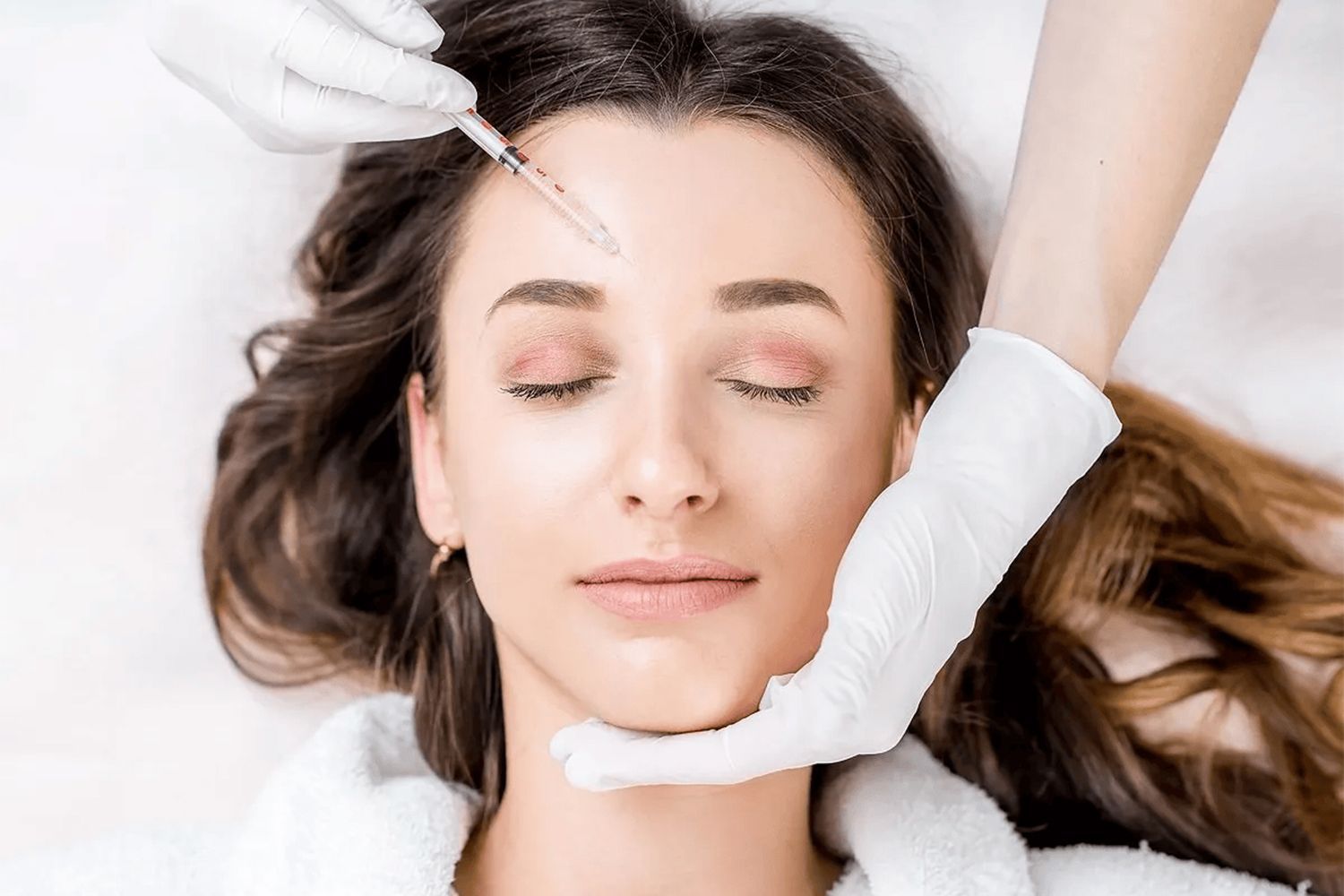
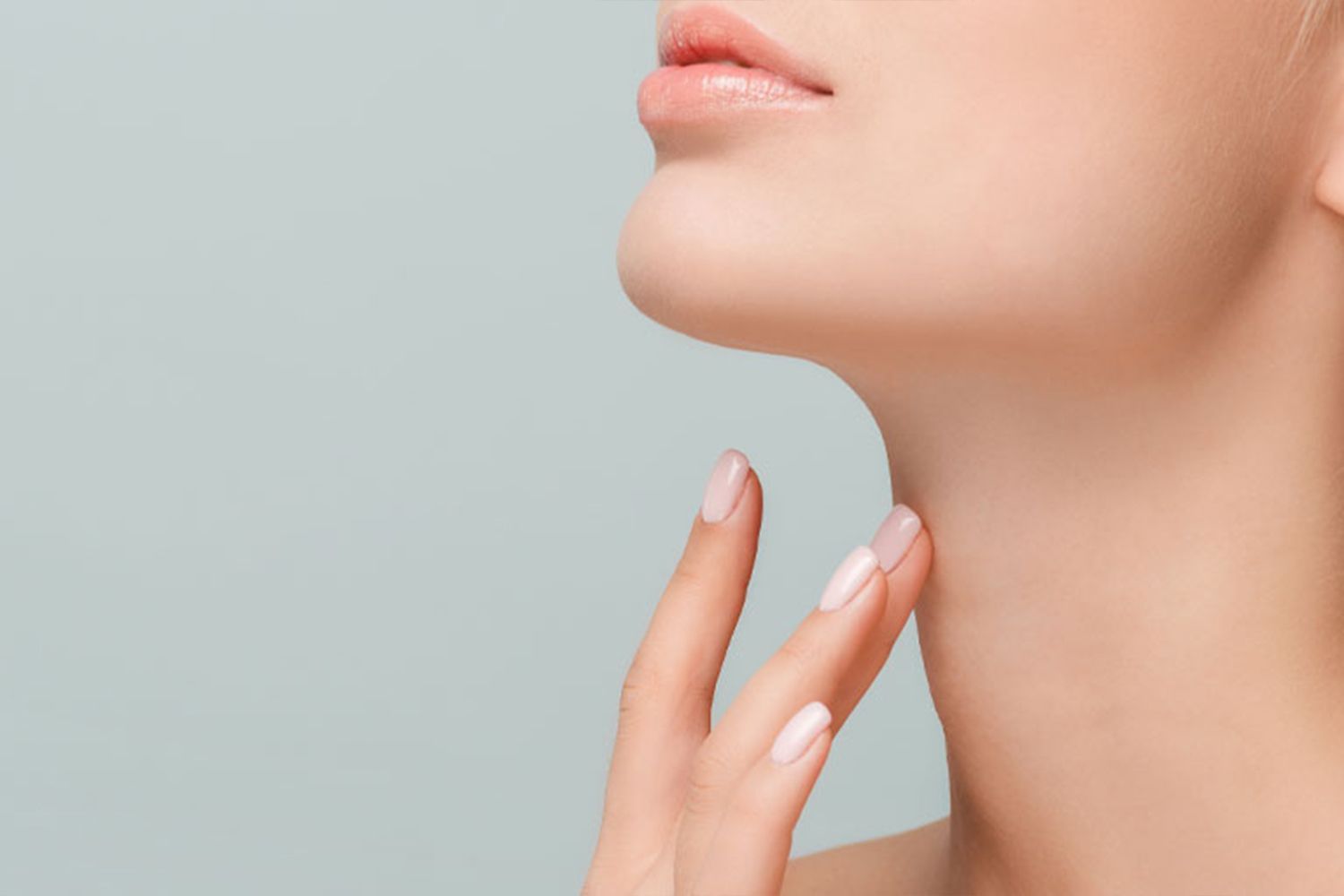
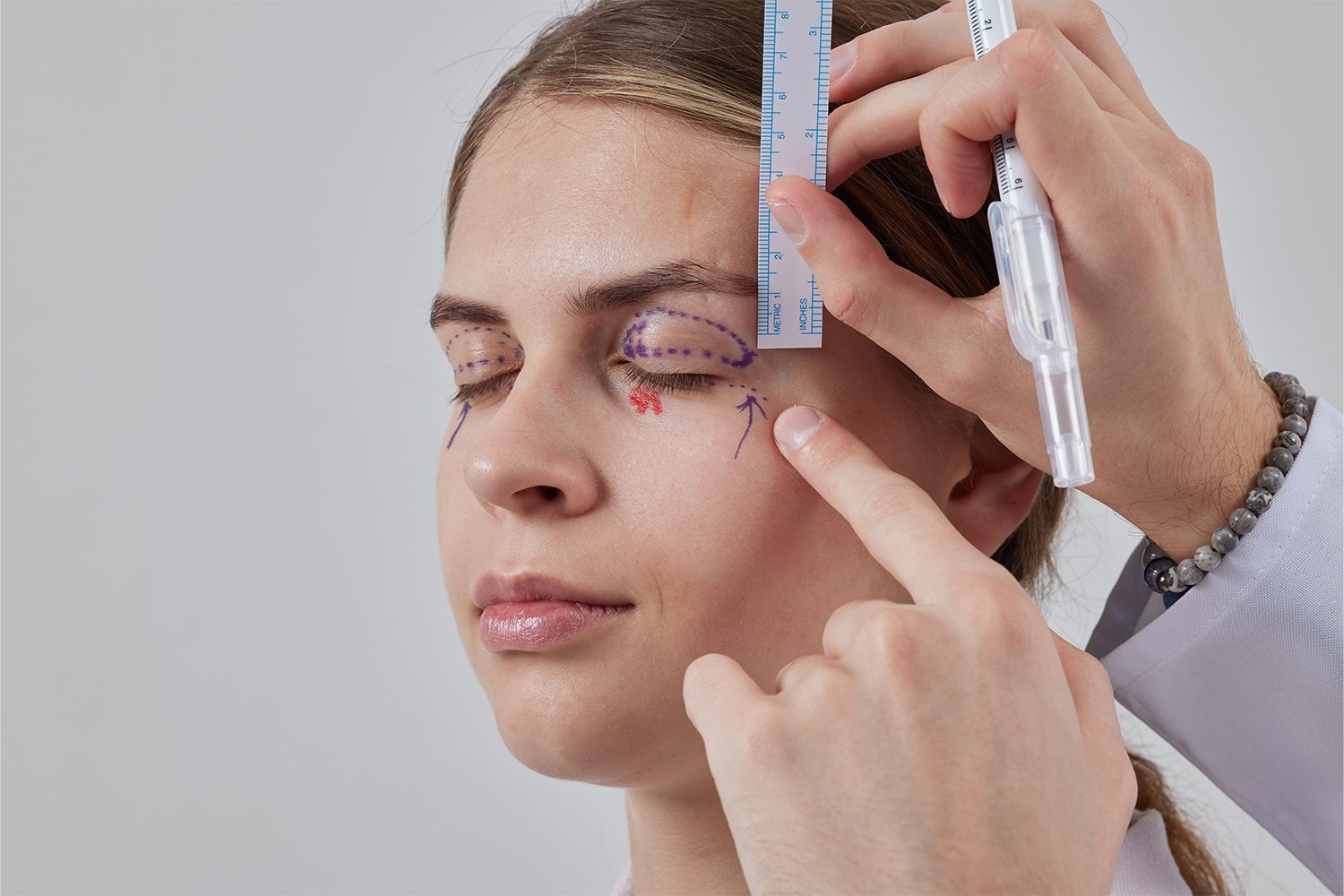
journey doesn't end there. From meticulous pre-surgery preparations to diligent post-operative care, there's a roadmap that leads to successful results and long-term satisfaction. But what are the key considerations that could make or break your eyelid surgery experience in the Windy City?

desired outcome. Each option offers distinct benefits, but the choice ultimately depends on various factors unique to your situation. Let's explore the key considerations to guide you towards selecting the most suitable procedure for your individual needs.
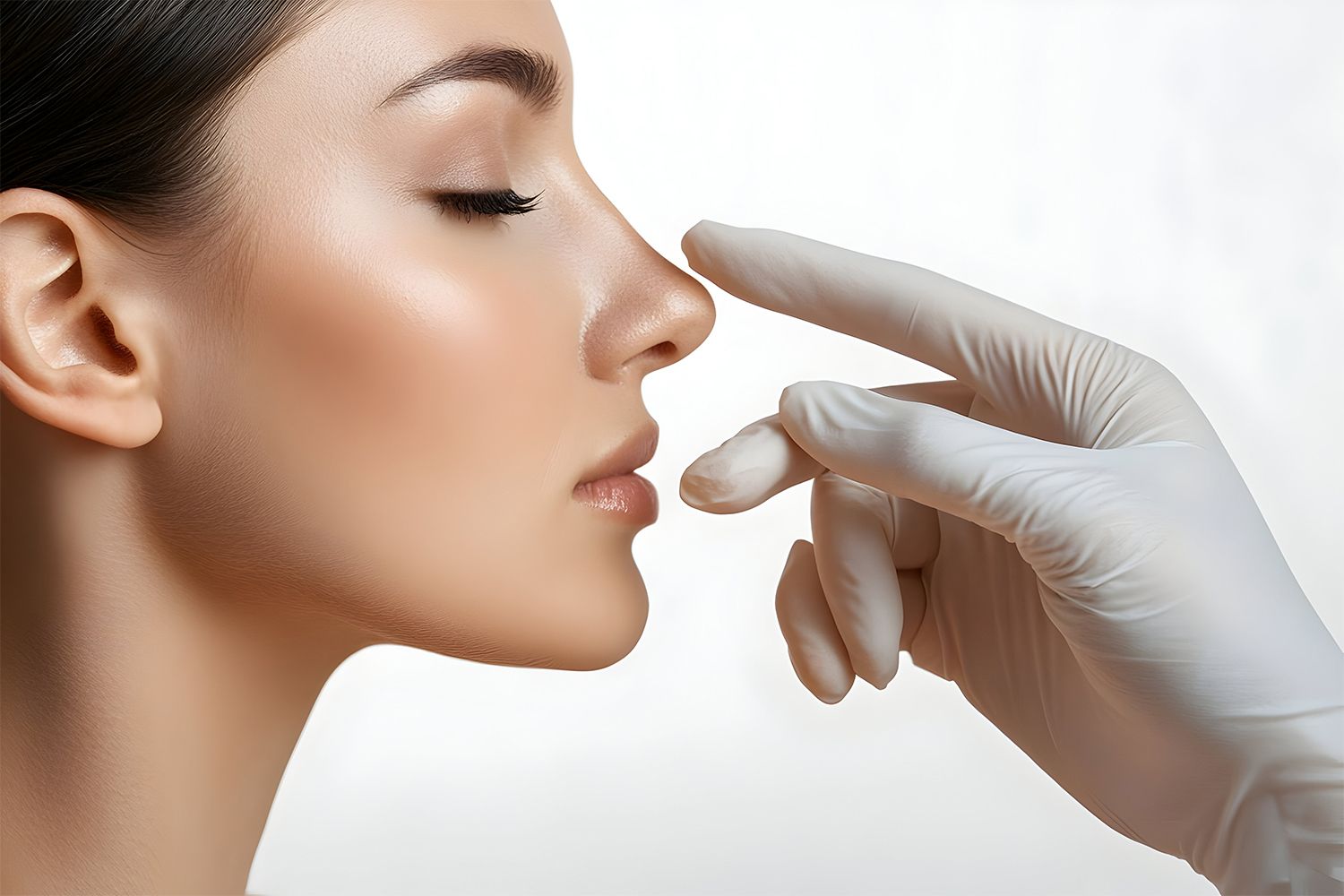
plays a vital role in your post-operative experience. By incorporating these strategies into your routine, you can pave the way for a successful and comfortable healing journey.

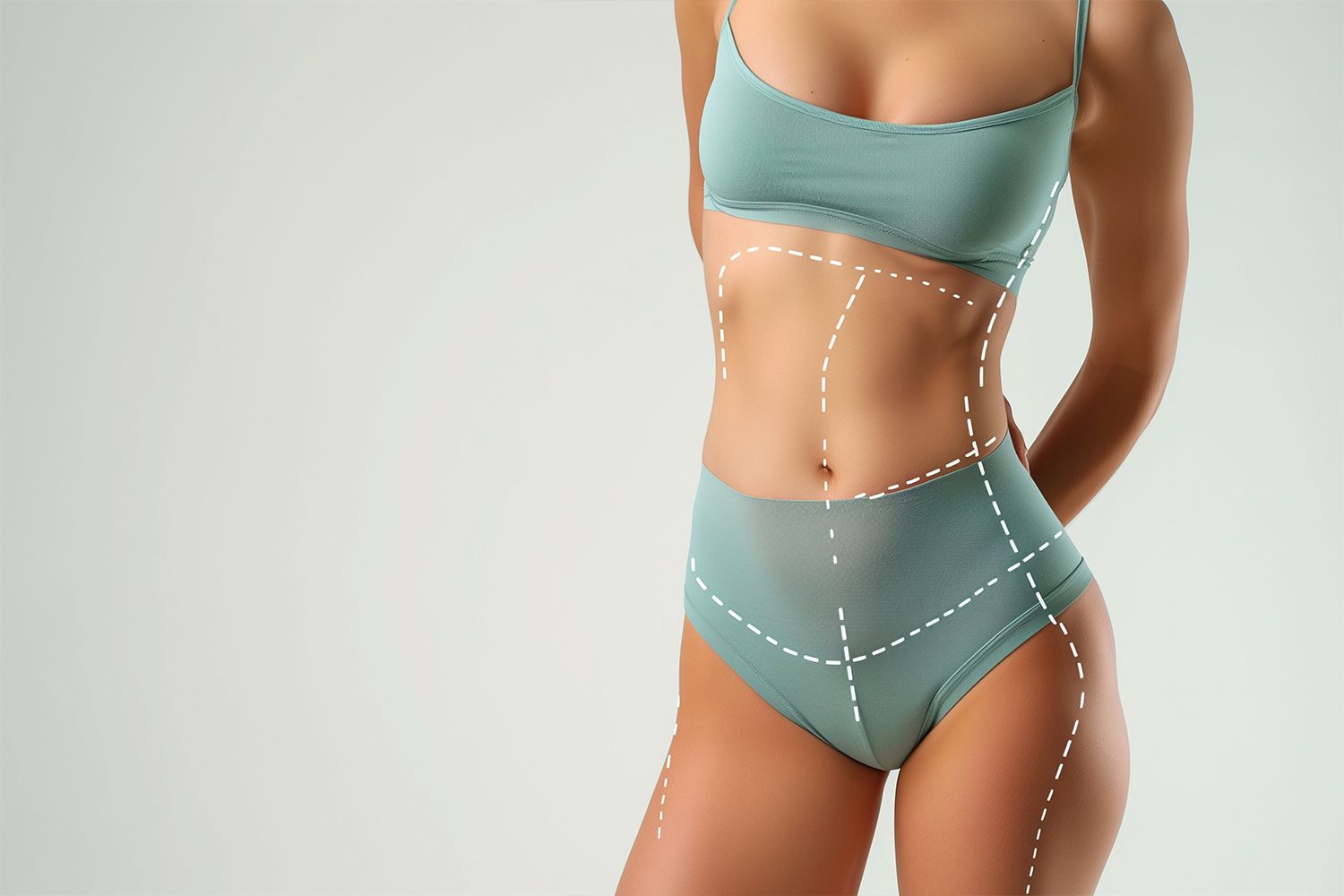
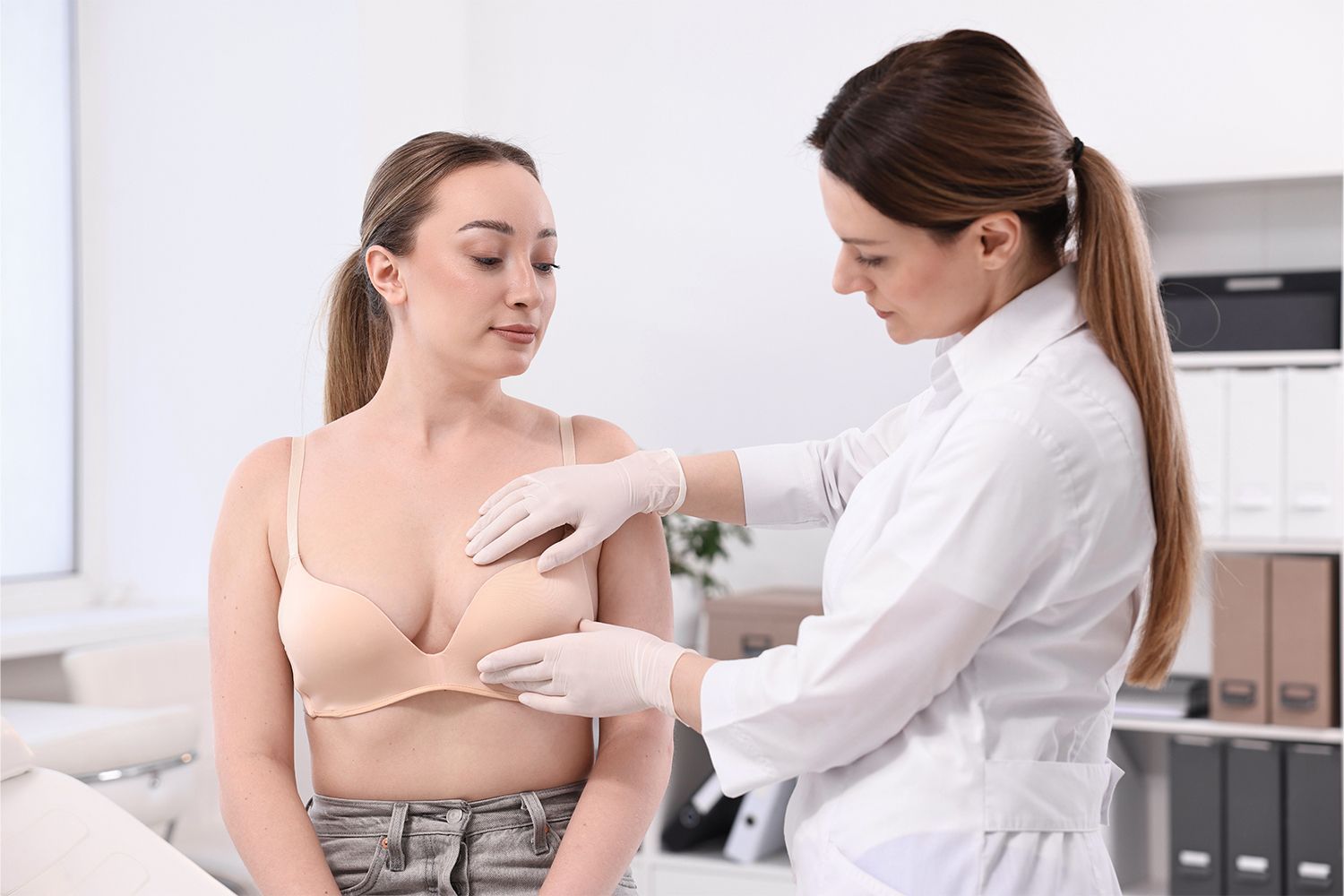
one piece of the puzzle. So, before jumping to conclusions, it's essential to understand the nuances involved in this intriguing discussion. Let's explore the complex relationship between breast size and sagging to unravel the truth behind this common assumption.

